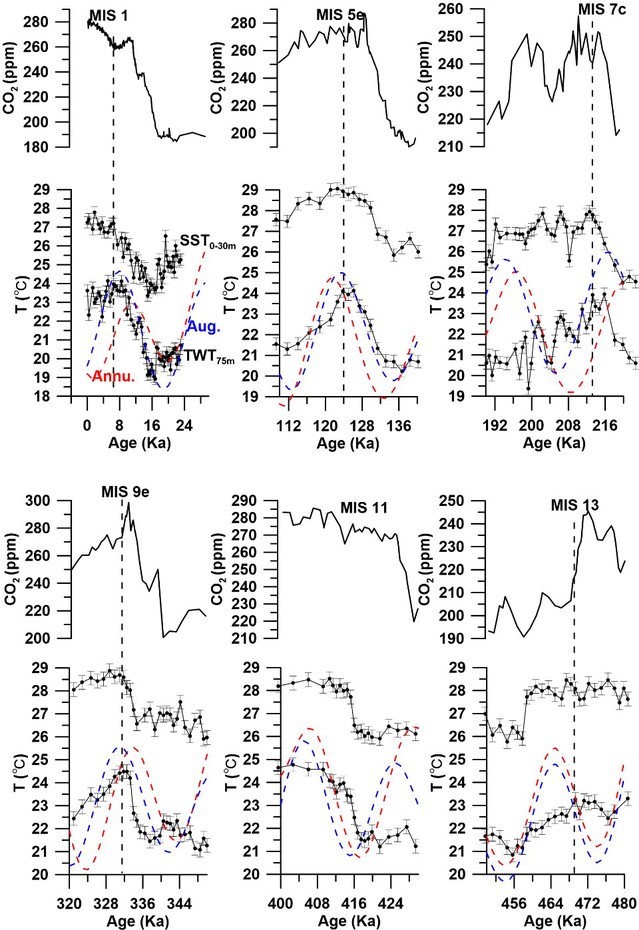Liang Dong1,2, Xu Zhang3,4,5, Guodong Jia2, Yan Du6,7,8, LiLi2, and Qianyu Li2
1 School of Oceanography, Shanghai Jiao Tong University, Shanghai, China,
2 State Key Laboratory of Marine Geology, Tongji University, Shanghai, China,
3 Key Laboratory of Western China's Environmental Systems (Ministry of Education),College of Earth and Environmental Sciences, Center for Pan-third Pole Environment (Pan-TPE), Lan Zhou University, Lan Zhou, China,
4 Alfred Wegner Institute Helmholtz Center for Polar and Marine Research, Bremerhaven, Germany,
5 Key Laboratory of Alpine Ecology, Center for Excellence in Tibetan Plateau Earth Sciences and Institute of Tibetan Plateau Research, Chinese Academy of Sciences, Beijing, China,
6 State Key Laboratory of Tropical Oceanography, South China Sea Institute of Oceanology, Chinese Academy of Sciences, Beijing, China,
7 University of Chinese Academy of Sciences, Beijing, China,
8 Southern Marine Science and Engineering Guangdong Laboratory, Guangzhou, China
Abstract:
Tropical air sea interaction is important in global climate change; its behavior over geological history is poorly understood but can be explored by examining reconstructed sea surface temperature(SST) and thermocline water temperature (TWT). Here, deglacial-interglacial air-sea interactions over the past 500 ka were studied by comparing UK'37derived SST0-30mand TEXH86derived TWT75m in a sediment core from the southern South China Sea. During deglacials, SST0-30m and TWT75m varied synchronously toward interglacial peaks, while during the peak interglacials, TWT75m decreased earlier than SST0-30m.These changes have been found ubiquitously in tropical oceans during the last two glacial interglacial cycles. We propose that the prolonged warm interglacial SST was probably sustained by the natural CO2“overshoot” greenhouse effect at the end of most terminations. The early interglacial TWT decrease following local insolation is driven by the decreasing downward heat transport efficiency induced by weakening wind stirring.
Full Airticle: http://dx.doi.org/10.1029/2020GL088805



